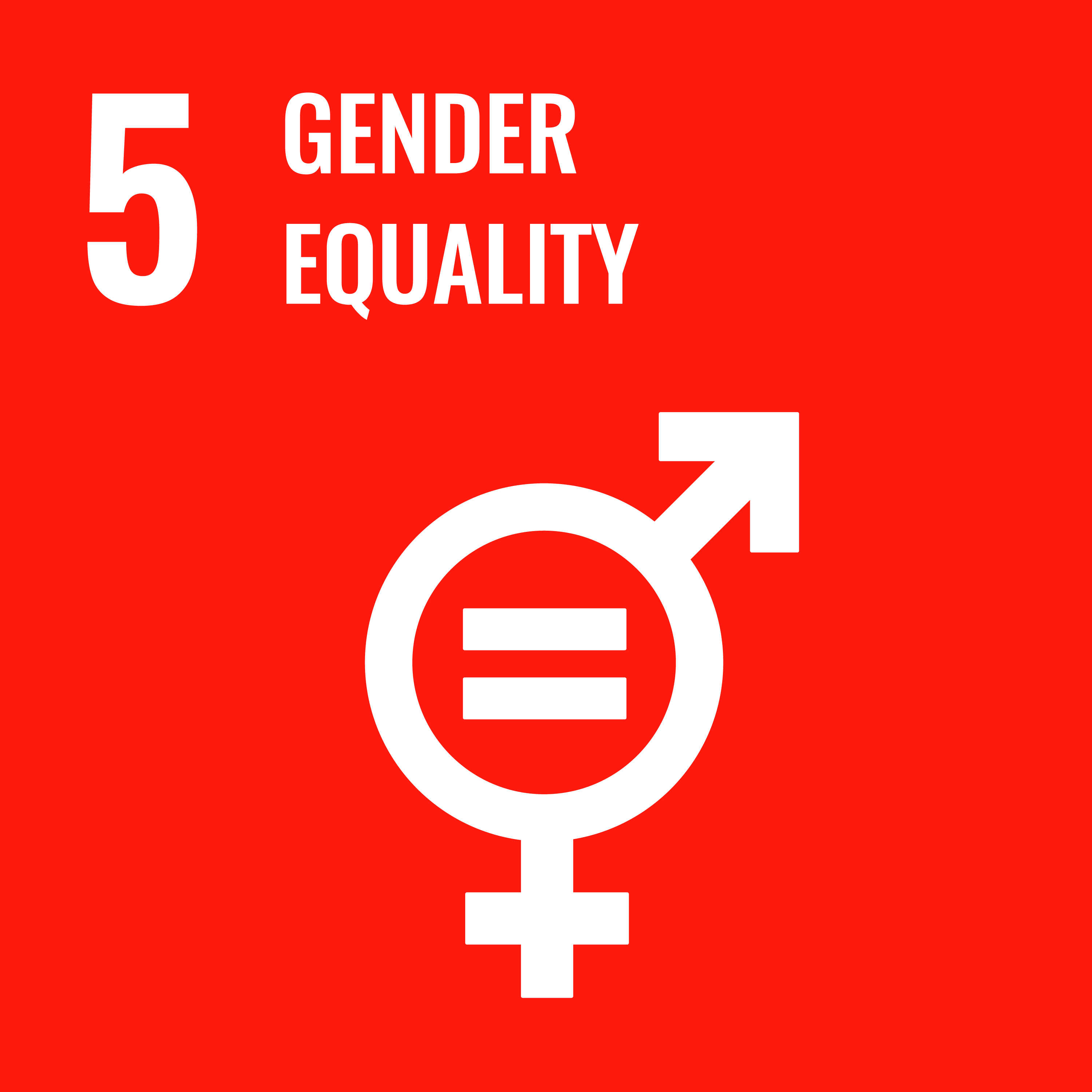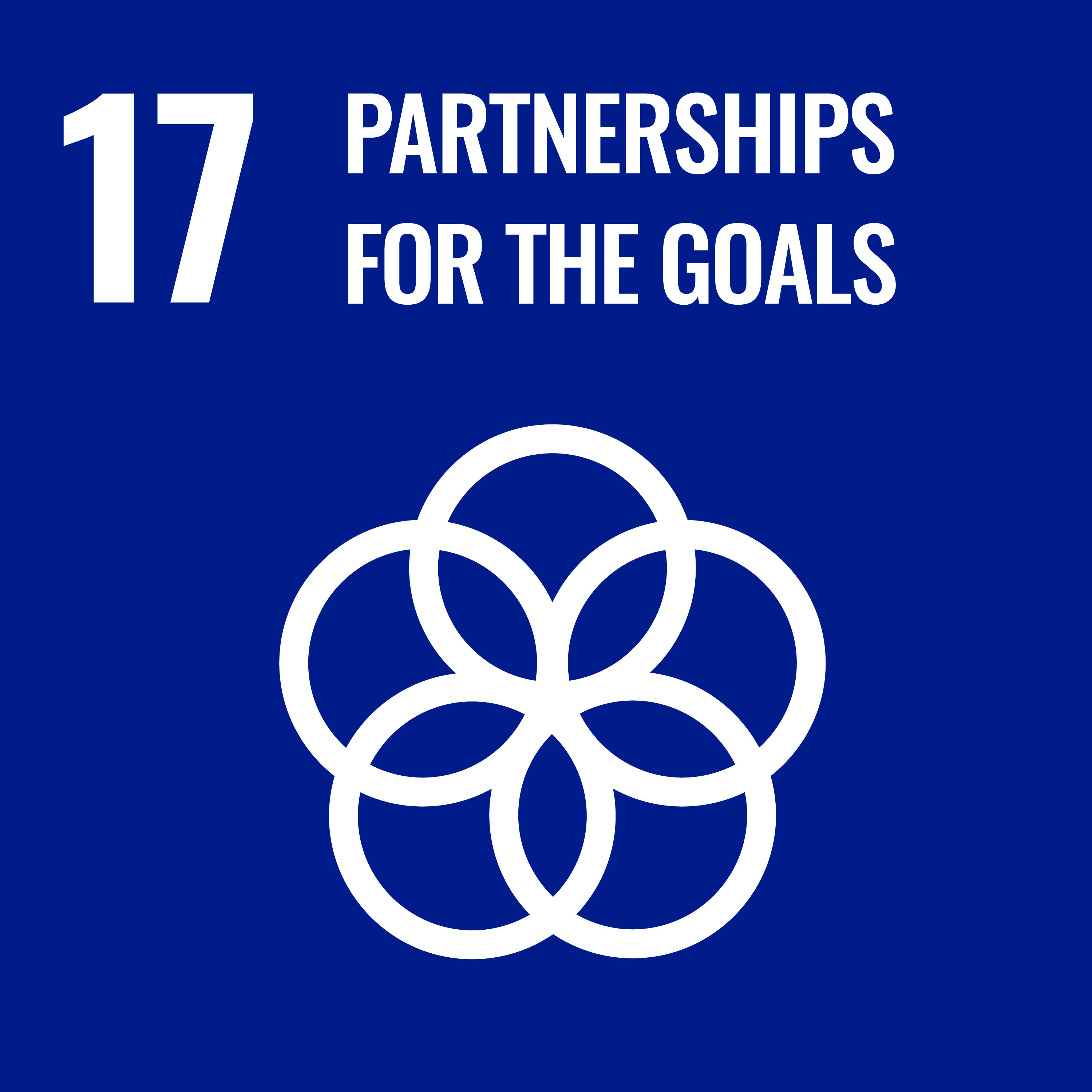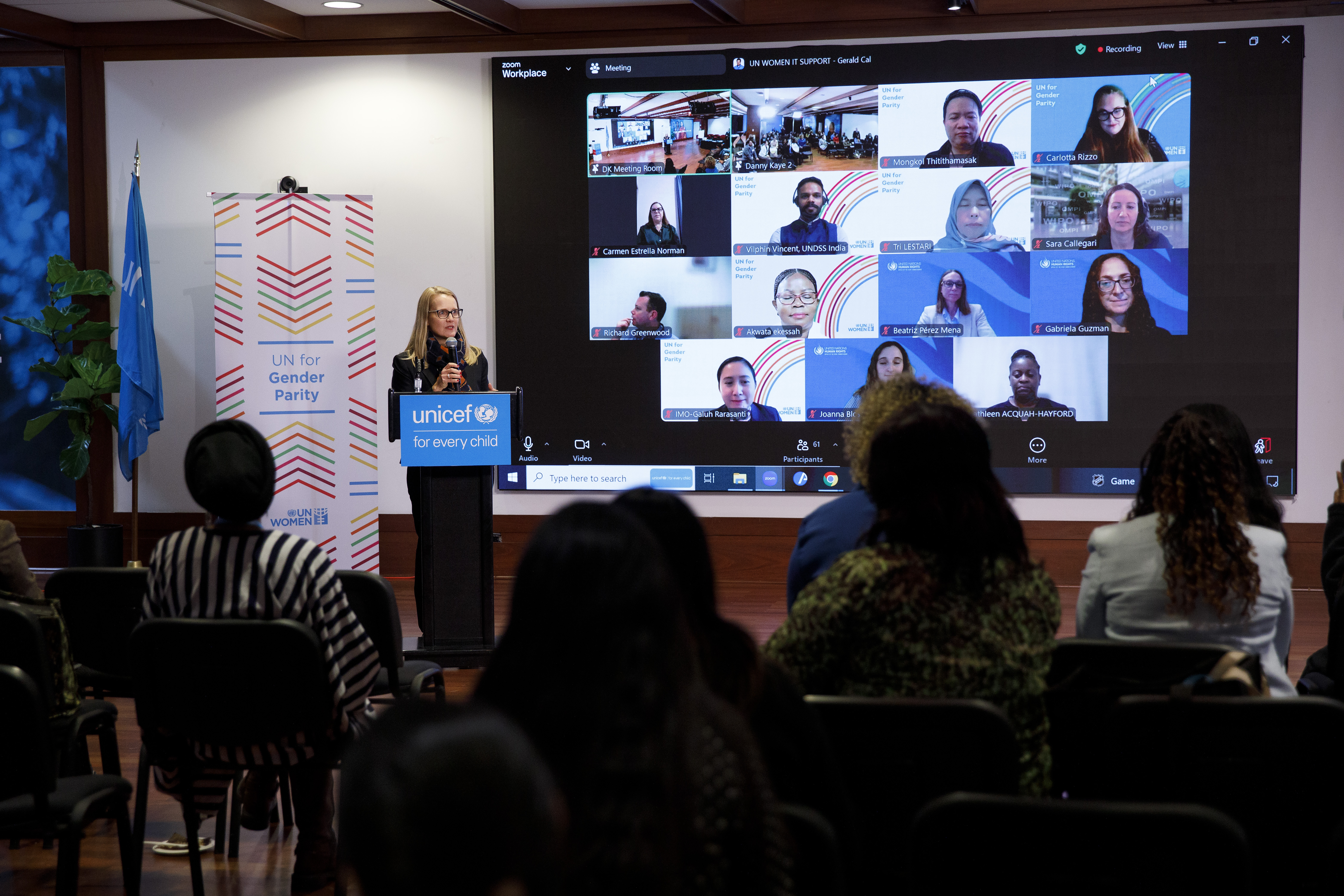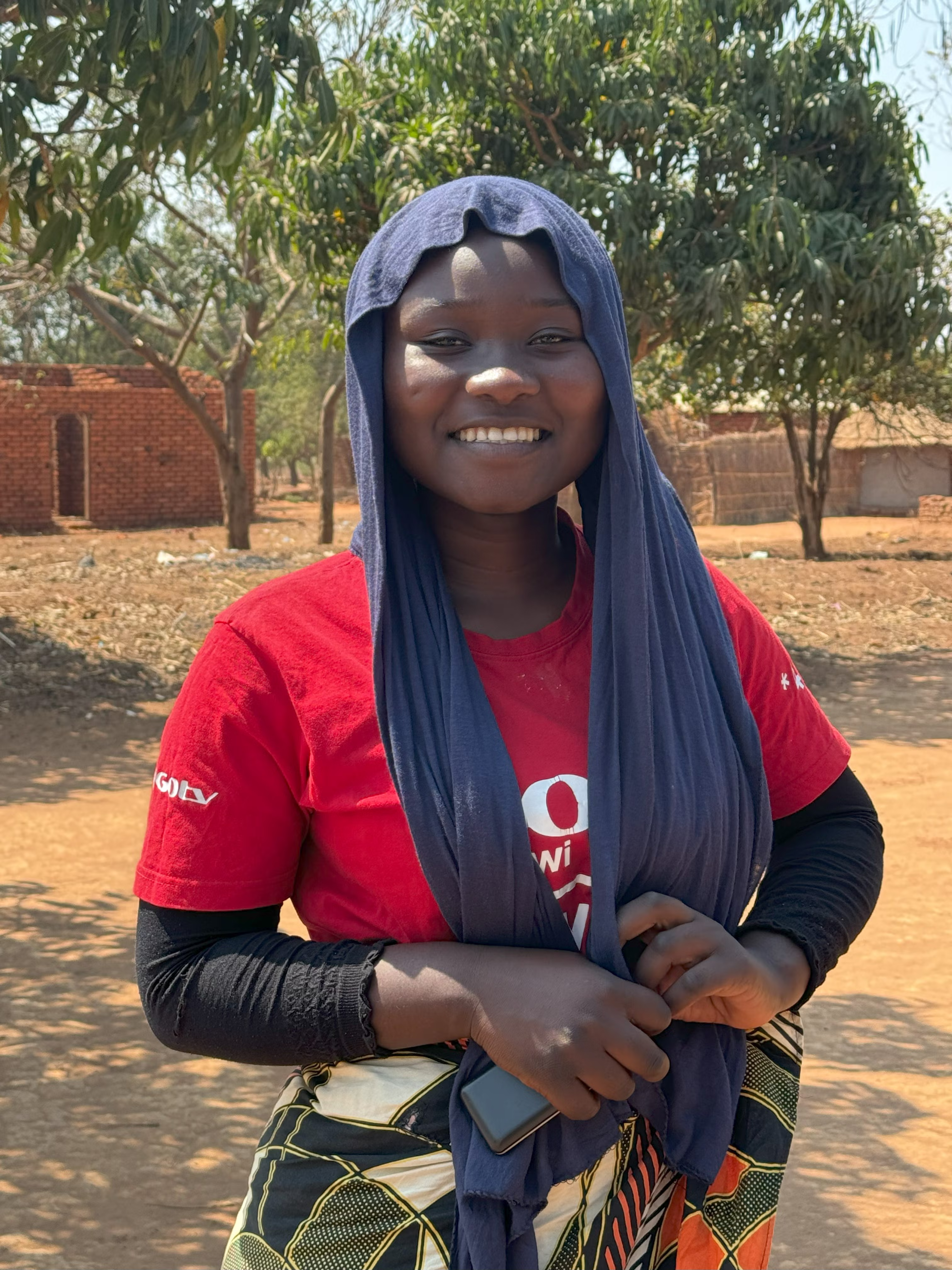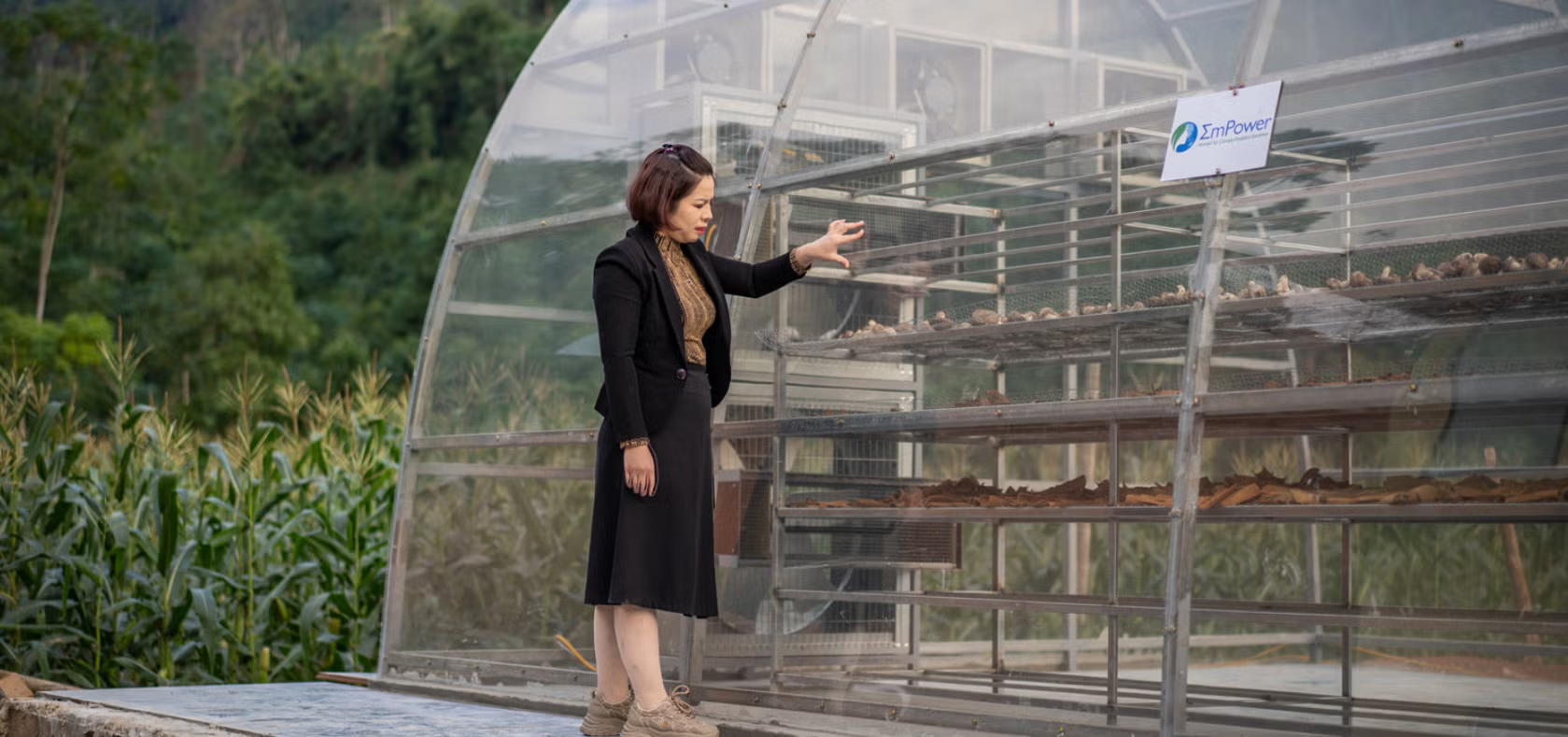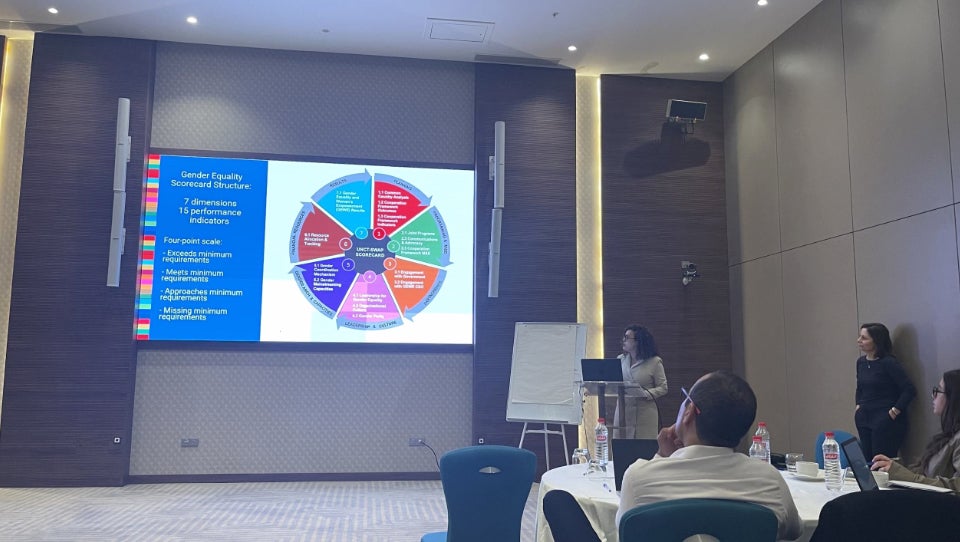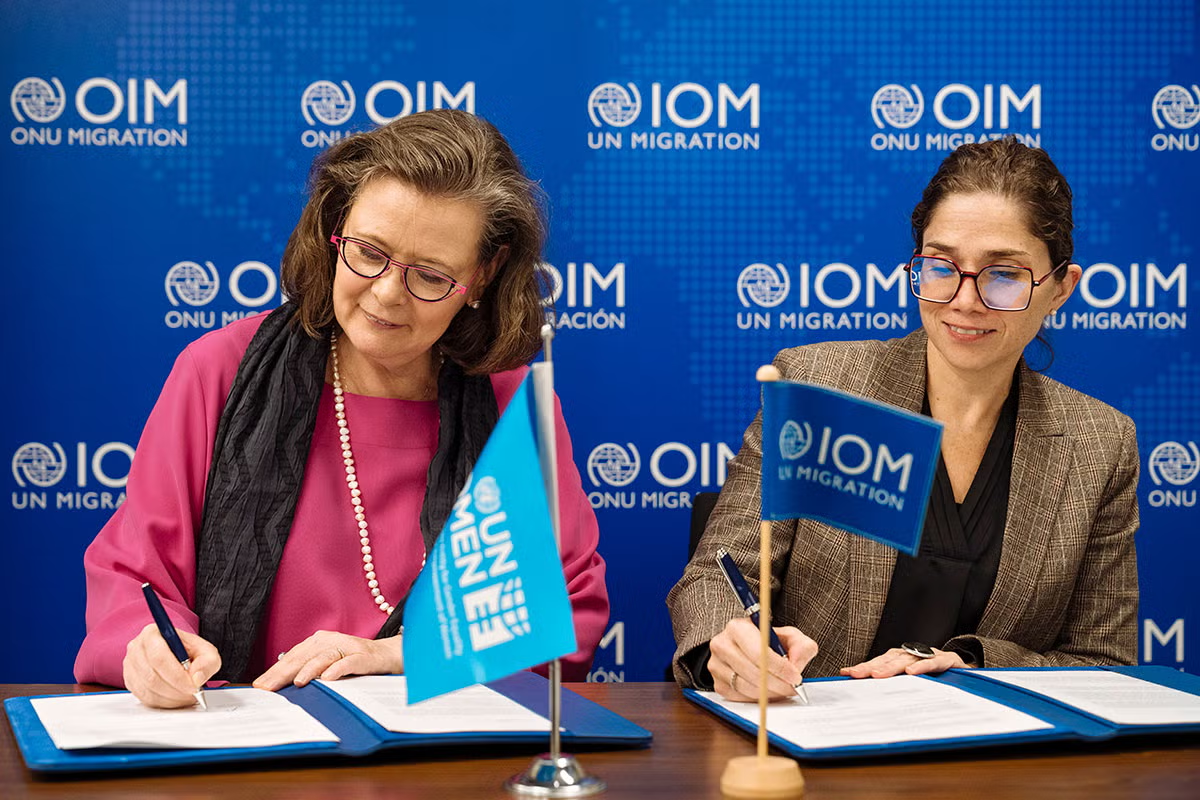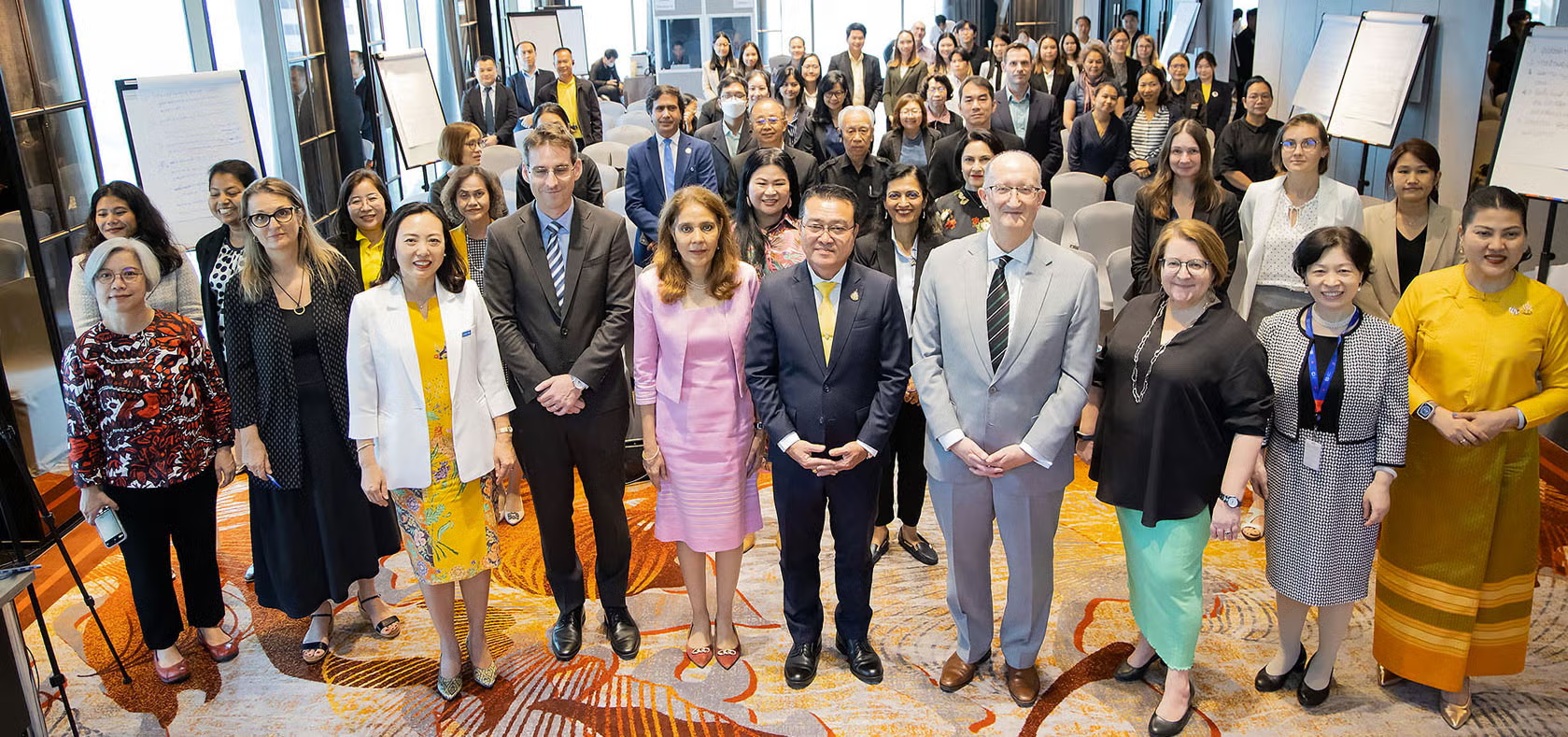Our Global Results
Overview of outcome
Legend
Regional office Multi-country office Country office Presence
Contributes to achieving SDGs
Financial flows (expenses) in 2024
Find out where UN Women's resources come from, where they go and how they are changing the lives of women and girls.
Outcome indicators in 2024
Achievement against 2024 milestone
Of 43 countries/territories, 32 have results as of 2024: Afghanistan, Albania, Bahrain, Djibouti, Ethiopia, Haiti, Iraq, Jamaica, Kuwait, Kyrgyz Republic, Lebanon, Mauritania, Namibia, Nigeria, Pakistan, Papua New Guinea, Rwanda, Serbia, Sierra Leone, South Sudan, Turkmenistan, Ukraine, Zambia, Philippines, Myanmar, Bhutan, Angola, Equatorial Guinea, Burkina Faso, Senegal, Chad.
Achievement against 2024 milestone
Achievement against 2024 milestone
Complementary indicators are identified as those in the results framework that are not repeated verbatim in the results framework of another United Nations entity, but are related or provide different but complementary lenses or insights into the same issue, high-level result and/or area of complementary work, such as a Sustainable Development Goal target.
Complementary

Achievement against 2024 milestone
Achievement against 2024 milestone
Common indicators are those that appear verbatim the same in at least two entities' results frameworks and are drawn, where possible, directly from other globally agreed frameworks.
Common

Output indicators in 2024
Achievement against 2024 milestone
Achievement against 2024 milestone
https://gendercoordinationandmainstreaming.unwomen.org/building-block/gender-equality-marker#navigation-content-3
Achievement against 2024 milestone
https://gendercoordinationandmainstreaming.unwomen.org/building-block/gender-equality-marker
Achievement against 2024 milestone
No milestones or targets are currently set, in line with discussions with DCO and DESA in the context of the corresponding QCPR indicator.
Achievement against 2024 milestone
Complementary indicators are identified as those in the results framework that are not repeated verbatim in the results framework of another United Nations entity, but are related or provide different but complementary lenses or insights into the same issue, high-level result and/or area of complementary work, such as a Sustainable Development Goal target.
Complementary


